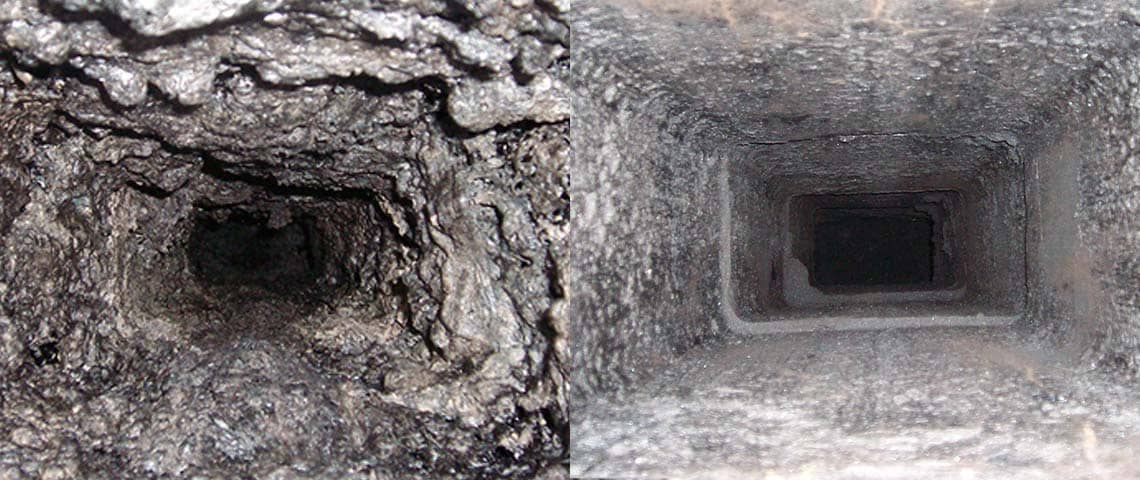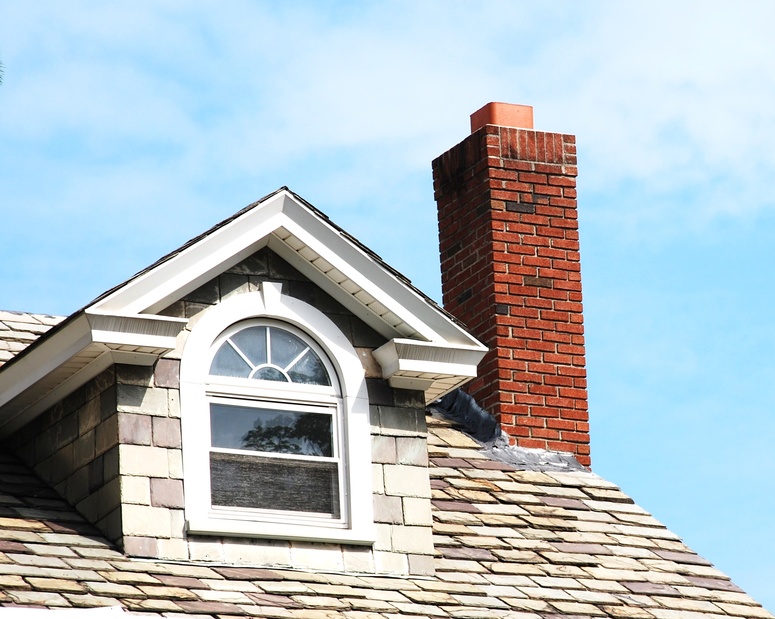Crucial Chimney Maintenance San Jose Tips Every Property Owner Ought To Know
Crucial Chimney Maintenance San Jose Tips Every Property Owner Ought To Know
Blog Article
Specialist Tips for Effective Smokeshaft Upkeep You Need to Know
Chimneys work as crucial parts in numerous homes, supplying heat and convenience. Nevertheless, guaranteeing their correct upkeep is frequently neglected until problems develop. Comprehending the ins and outs of smokeshaft care can be the trick to avoiding expensive repair work and securing your home and family members. From the significance of regular inspections to safe functional practices, an extensive method to chimney maintenance is crucial. Let's discover specialist ideas that can assist you keep your chimney in optimum condition for years ahead.
Relevance of Routine Inspections
Normal assessments of smokeshafts are vital for guaranteeing their security and performance. Chimneys play an essential duty in venting out harmful gases and keeping appropriate airflow in a home. With time, creosote buildup, debris, and structural damages can occur within the smokeshaft, posing serious threats such as chimney fires or carbon monoxide gas leaks.
Throughout a chimney examination, trained specialists assess the problem of the chimney, seeking any type of indicators of damage, clogs, or wear and tear. They additionally check the honesty of the flue, chimney liner, and smokeshaft cap to ensure whatever is in appropriate functioning order. By identifying and attending to concerns at an early stage, pricey repairs or prospective risks can be prevented.
Normal inspections not only assist in keeping the safety of the smokeshaft but also add to its overall efficiency. A clean and properly maintained chimney operates better, making certain appropriate air flow and lowering the threat of indoor air pollution. Scheduling annual smokeshaft examinations is an aggressive action that home owners can take to shield their residential or commercial property and loved ones.
Cleaning Strategies and Regularity
Keeping the safety and security and performance of a smokeshaft includes not only regular inspections yet additionally executing suitable cleansing strategies and figuring out the ideal regularity for cleansing. Smokeshafts must be cleaned by a specialist smokeshaft sweep at the very least as soon as a year, also if they are not regularly used. However, if the smokeshaft is made use of regularly, specifically with wood-burning ovens or fireplaces, it may require even more frequent cleansings to avoid the build-up of creosote, a very combustible compound that can cause smokeshaft fires.
The cleaning process typically involves removing creosote, soot, and particles from the smokeshaft flue, smoke chamber, and firebox. Professional smokeshaft brushes up usage specialized devices, vacuums, and brushes to ensure thorough cleaning without developing a mess in the home. Additionally, they inspect the chimney's structure for any kind of signs of damage or use that may call for repairs. House owners must never ever forget chimney cleaning, as it is essential for preserving a secure and functional smokeshaft system - Chimney Maintenance San Jose. Routine cleansings not just reduce the danger of smokeshaft fires yet also improve the chimney's general efficiency and long life.
Resolving Smokeshaft Leaks

When resolving smokeshaft leaks, complete inspection and prompt repairs are vital to avoid find out here now water damage and keep the architectural honesty of the smokeshaft. Leakages in a chimney can lead to significant concerns such as mold development, deterioration of the smokeshaft framework, and also prospective fire threats. To efficiently deal with smokeshaft leakages, begin This Site by checking the smokeshaft cap, crown, flashing, and masonry for any indicators of damages or wear.
Understanding Creosote Build-Up
To recognize the possible dangers of creosote build-up in smokeshafts, it is important to identify its formation process and influence on chimney performance. Creosote is a black or brownish tar-like substance that accumulates inside smokeshaft systems when wood or fossil fuels are melted. As smoke rises with the chimney, it cools down and condenses, bring about the development of creosote, which abides by the chimney wall surfaces.

Regular chimney evaluations and cleanings by an expert chimney move are essential in avoiding creosote build-up and ensuring the secure procedure of your smokeshaft system.
Safe Operation Practices
Applying appropriate security procedures is important for the secure and efficient procedure of smokeshaft systems. Constantly ensure that the smokeshaft is properly examined and cleaned up regularly to remove any creosote accumulation, which can lead to smokeshaft fires.
Furthermore, ensure to only burn seasoned wood in your fire more tips here place, as environment-friendly or damp wood can generate more creosote and trigger unsafe chimney blockages. Finally, never ever leave a fire neglected and constantly ensure the fire is entirely extinguished before going to bed or leaving your home. By adhering to these safe operation practices, you can appreciate a comfortable and warm fire while ensuring the safety and security of your home and enjoyed ones.
Final Thought
Finally, preserving your smokeshaft is important for ensuring its safety and security and efficiency. Regular inspections, correct cleansing methods, attending to leakages, handling creosote build-up, and adhering to risk-free procedure practices are essential elements of chimney upkeep. By remaining on top of these jobs, you can prevent possible risks and prolong the life-span of your smokeshaft. It is necessary to prioritize smokeshaft maintenance to maintain your home secure and cozy during the cooler months.
Over time, creosote buildup, particles, and structural damages can occur within the chimney, posing severe risks such as smokeshaft fires or carbon monoxide leakages.
If the chimney is utilized frequently, especially with wood-burning ovens or fire places, it may need even more regular cleansings to protect against the buildup of creosote, a highly flammable material that can lead to chimney fires. (Chimney Maintenance San Jose)
To comprehend the possible hazards of creosote build-up in smokeshafts, it is vital to identify its development process and impact on chimney efficiency. As smoke climbs through the chimney, it cools and condenses, leading to the formation of creosote, which sticks to the smokeshaft wall surfaces.
Constantly ensure that the chimney is professionally evaluated and cleaned up regularly to remove any creosote accumulation, which can lead to smokeshaft fires.
Report this page